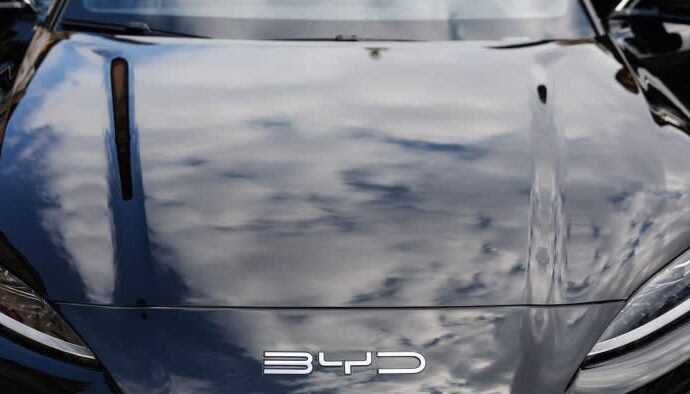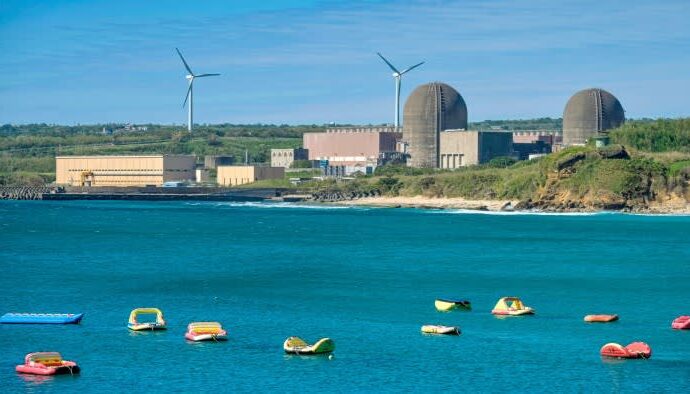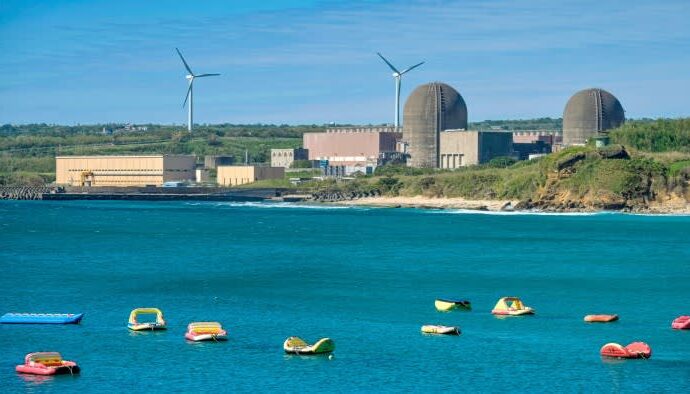Unlock the White House Watch newsletter for free
Your guide to what Trump’s second term means for Washington, business and the world
South Korea’s leftwing president has announced a steep rise in military spending, following pressure from Washington to shoulder more responsibility for the country’s defence.
Lee Jae Myung said in a speech on Wednesday marking South Korea’s Armed Forces Day that the annual defence budget would rise by 8.2 per cent next year, the largest increase since 2008, in response to “an era of increased conflict, where it’s every man for himself”.
“To ensure peace and prosperity for the Republic of Korea, we must not depend on anyone else, but strengthen our own power,” said Lee. He added that his government would invest in new defence technologies, including robotics and drones.
US President Donald Trump’s administration has been pushing its Asian allies to match the commitment by Nato members in June to increase defence spending as a share of GDP to 5 per cent over the course of the next decade.
“With Nato stepping up, we now have a new standard for allied defence spending that all of our allies around the world, including in Asia, should move to,” Trump’s defence secretary Pete Hegseth told the Senate’s armed forces committee in June.
South Korea, which hosts more than 28,000 US troops and relies on US extended deterrence to warn off a growing nuclear threat from Pyongyang, currently spends about 2.3 per cent of its GDP on defence, according to the country’s defence ministry.
That means it would have to more than double its annual defence spending to about Won132tn ($94bn) in order to meet what Trump’s defence department has described as the “global standard” of 5 per cent.
Asia’s fourth-largest economy is also under intense pressure over the threat of US tariffs, as South Korean negotiators struggle to finalise a trade deal with Washington.
Trump suggested in a social media post this year that he would pursue a “one-stop shop” deal with Seoul, linking trade and security issues, amid speculation that the US was preparing to refocus its Asian military presence more firmly on China.
Following a meeting with Trump in Washington in August, Lee said that South Korea would increase defence spending in order to “take on a more leading role in maintaining security on the Korean Peninsula”.
On Wednesday, he reiterated his administration’s determination to secure the transfer to Seoul of wartime operational control over combined US-South Korea forces — a long-standing objective of successive leftwing administrations.
Yang Uk, a defence expert at the Asan Institute for Policy Studies in Seoul, said: “If it were not for Trump, this big increase in defence spending would not have happened.”
But he added that with a large share of the rise likely to be absorbed by higher pay for service personnel and a reorganisation of military intelligence agencies, there would be little left to build Lee’s tech-driven “smart force”.
“The modernisation programmes South Korea has committed to all require a ton of money,” said Yang. “But the increase announced by President Lee will not be enough to acquire a new generation of advanced systems, nor to satisfy the Americans.”


